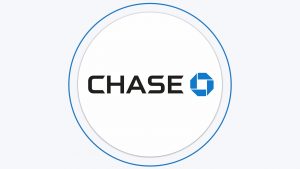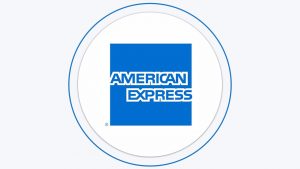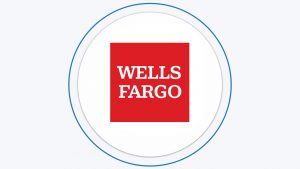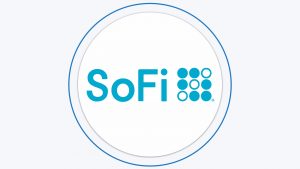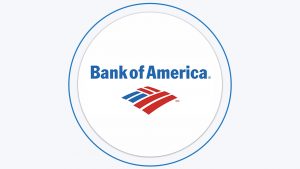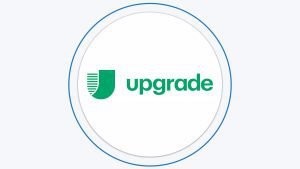Table Of Content
What Information Is Required to Send Money?
Let's start with what information is required to send money. So to make it easier to understand, we can take a look at this list:
- Recipient’s full name
- Your full name
- Bank’s name and routing number
- Recipient’s bank account number
- Your account number
- Your ID card or passport (if it's not done online)
Here it is helpful to remember that the items listed above are the ones that all banks require. However, some financial institutions might require additional details from their clients to make a transfer. This can be the recipient’s phone number, ZIP code, social security number, date of birth, or some other information.
To make sure that you have all of the required information at hand, you can log in to your internet banking or mobile banking application and click bank transfers. After that, the screen will list all of the required fields to be filled in to complete the bank transfer.
It is important to remember that with international transfers, banks might ask you for more information, such as the country where the money is sent, as well as the international account number, also known as IBAN.
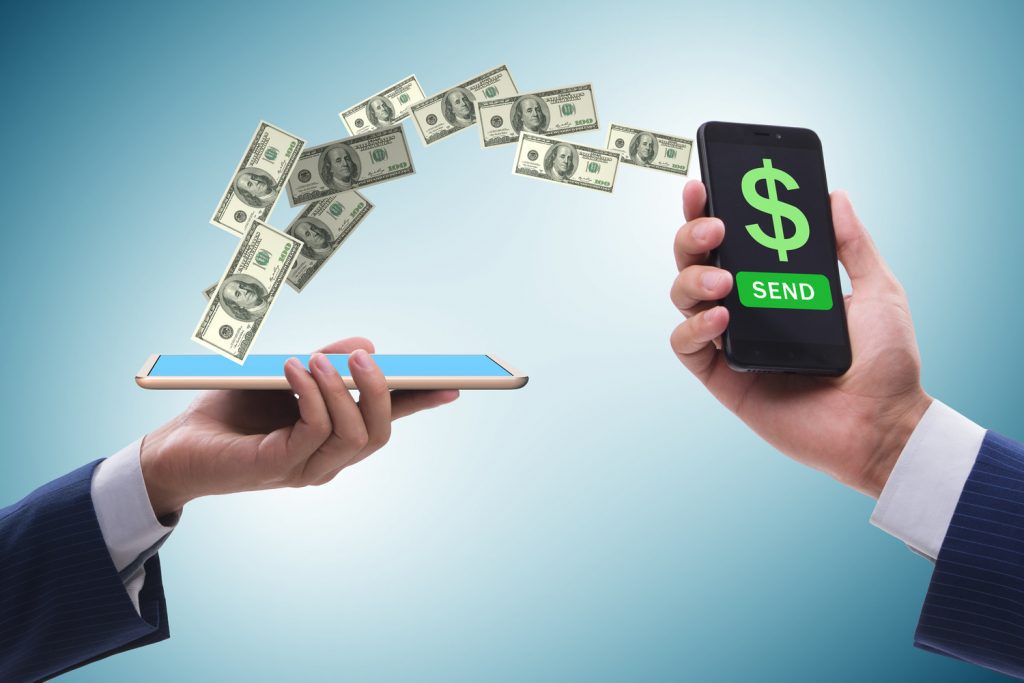
Steps for Transferring Money Between Banks
At this point, the obvious question is how one transfers money between the banks? Well, the steps you need to take depend on the exact type of transfer itself.
So, to make this clearer, let us take a look at three main scenarios since all transfers fall into one of those categories:
- Internal Bank Transfer
- External Funds Transfer
- International Bank Transfer
So do we mean by internal transfer? This represents transferring funds between two accounts at the same financial institution.
Internal Transfers – Example
For example, suppose you have a large balance in your checking account. Unfortunately, most checking accounts do not pay interest, regardless of the balance size. So you decided to move some of the money to the savings or money market account at the same bank.
The easiest way to do this is through online or mobile banking services. After logging in to your account, you can check the transfer options. In this case, you can make a single transfer or authorize recurring transfers for a fixed amount.
For example, you can arrange that by the end of each month, $300 will be automatically transferred from your checking account to your savings account. Of course, you can choose any other amount or period. The main point is that this makes it much easier for customers to manage their finances and build their savings during inflation times.
What If I Transfer To A Friend's Account On The Same Bank?
Now let us take a look at another example of internal transfer. Let us suppose that you have an account at Chase Bank and want to transfer some funds to your friend. If they also have an account at Chase, it will be an internal transfer.
This is because, in both cases discussed, the money stays at the same bank; it just moves from one account to another.
In most cases, internal bank transfers are executed immediately, so you do not have to wait several days for the money to appear in the account. However, it is worth noting that some banks might take one business day to transfer funds if the sum involved is too large.
Finally, the internal transfer is not only fast but also usually free, and you do not have to pay any fees for such transfers.
External Transfers
Moving on to external transfers happens when the funds move from the account opened at one bank to another financial institution. So if you send money from your account at Bank of America to your friend's Citibank account, this will be an external transfer.
Here it is worth noting that external transfers are not always free, unlike domestic transfers. In fact, according to the Bankrate, the average fee for domestic bank transfers in the US is around $26.
You can execute such transfers in two ways: online or by visiting a bank. You can consider setting up a direct deposit if it's a recurring payment.
After they complete all the necessary information, you should tell them the transfer amount and sign the authorization.
Look For Same-Day Transfers
At this point, it is worth remembering that some banks do offer same-day transfers in exchange for a fee. So if you are in a hurry and want funds to be received as soon as possible, this can be something to consider. On the other hand, if there is no urgency, it might not make much sense to pay additional fees.
Most online banking platforms, as well as mobile banking applications, allow customers to make domestic transfers. Here you need to fill in the same details, such as the routing number and account number, as well as the recipient's full name and other details. Once you fill in all the required information and confirm the transaction, the money will be sent, but it might take up to 3 business days.
The process looks very similar to international transfers. The difference is that you should specify the bank's country to where you are sending the money. Also, it is worth noting that the average fee for an international transfer is higher than for a domestic transfer, averaging around $44.
How Long Does it Take to Transfer Money Between Banks?
The exact timeframe for bank transfers depends on the type of transaction, as well as the financial institutions involved. As mentioned before, the internal transfers are executed within minutes and it is usually free of charge.
When it comes to external transfers, it is a bit more complicated. According to Forbes, wire transfers are very quick, with the funds showing in the account within one business day in most cases. However, here it is worth noting that there is no guarantee that this will be the case with all the banks. The fact is that some financial institutions might require 2 or even 3 business days to process the external bank transfer.
Here it is worth pointing out that some banks offer their clients the option to make the same-day transfer, in exchange for a fee. However, this option might not be available to all the banks in the US.
The international bank transfer takes the most time to settle due to understandable reasons. Such transfers typically take from 2 to 5 business days. Again, here some banks offer faster options for a fee, but same-day transfers, in this case, are very uncommon.
How Do Banks Transfer Money?
The bank transfer represents a method of electronic payment which transfers funds from one bank account to another. People always have an option to withdraw money and pay in cash. However, bank transfer offers them a safer, easier, and faster way to make a payment.
The exact time the bank transfer might take varies depending on the circumstance. For example:
- When it comes to an internal transfer, the funds are transferred instantly. The internal transfer is the process of transferring funds between two accounts within the same bank.
- Domestic transfers between the two different banks might take around 1 to 3 business days.
- Most international transfers take between 3 to 5 business days to settle.
- Some banks offer their clients same-day transfers. However, bank customers have to pay some fee for this service.
As the Western Union website explains, there are essentially two types of bank transfers, which customers can use daily: the wire transfer and the Automated Clearing House (ACH) transfer.
Those two transfer options are very similar. Yet there are some differences, for example, in most cases, ACH transfers are cheaper, but people cannot use this system for international transfers. On the other hand, wire transfers are faster and people can also make international payments with it as well.
How to Find the Routing and Account Number?
As mentioned before, knowing the routing and account number is essential for transferring money. So where can one find such information?
1. Bank Website
Well, when it comes to routing numbers, it’s quite simple. The easiest way to do this is to visit the bank's website where you are sending funds. Nearly all bank websites show their routing number for domestic money transfers.
This is because banks use a routing number to identify the financial institution involved in the transaction. So it is not a unique number and is the same for all accounts with the same bank.
2. Bank Statement or Bank Check
Alternatively, you can find the routing and account numbers on the bank statement or check. With the former, those numbers are usually written at the beginning of the statement. On the other hand, with bank checks, the routing and account number are written at the bottom line.
At the same time, you always have an option to log into online or mobile banking and check the account details, where both routing and account numbers are listed.
If you are sending money to a company or some other type of institution, then most likely they will send you an invoice when requesting a payment. This document will list all of the details you need to initiate the transfer.
If you are sending money to an individual, then the simple solution for them would be to log in to online or mobile banking and send the routing and account number information to you.
Other Common Ways to Transfer Money from One Bank Account to Another
At this point, it is important to point out that you do not necessarily need to use the bank’s services to transfer money. There are some alternatives to that, which in some cases, can help you to save some money on fees as well.
1. Western Union
One alternative to bank transfers is the Western Union website or its mobile application. Once you open their website or mobile application, you can start filling in details to send money.
As we can see from the above image, the first thing you need to fill in is the country where you want to send the money. After that, you need to write the amount. As we can notice here, Western Union has an upper limit of $5,000 for transfers. This is common with some other providers as well.
The next stage is to choose how your receiver will get the money. He or she can use a cash pick-up service, which is a more expensive option in most cases. Or, the receiver can get the money in the bank account.
Once you choose the ‘bank account option, you can fill in the required details about the receiver and account number to initiate the transfer.
2. MoneyGram
It is not a secret that MoneyGram is one of Western Union’s largest competitors. The process here is quite similar. You can make a bank transfer or arrange for cash pickup. However, MoneyGram also allows money transfers through mobile wallets.
MoneyGram also allows US clients to pay bills, use its system, and even transfer money to inmates. However, those services so far only work in the United States and are not available in other countries.
3. PayPal
PayPal is yet another alternative to banks when it comes to sending money. The company does not charge any fees when you pay for goods and services in the US, using the US bank account or PayPal account. This fee-free policy also extends to transfers to family and friends.
At the same time, it is worth mentioning that PayPal does charge a 2.9% fee when you send money using debit or credit cards. Therefore, when paying for goods or services, or sending money to someone it might be better to use a PayPal account or US bank account.
What Additional Details You May Need for a Bank Transfer?
We have already discussed what information you need to gather to initiate a bank transfer. However, some additional details can be helpful in the process:
- Sufficient Funds – Firstly, it is important not to forget that you need to have sufficient funds in the bank account to transfer money. Besides the actual amount to be transferred, this also includes the potential fees the bank will charge for this transaction.
- Active Recipient Account – At the same time, before initiating the transfer, it is useful to make sure that the account you are sending money to is still active. If the account is operated by the same bank as your account, in many cases you can check this by online or mobile banking. So if the account is closed, then most likely, the application will show that the account is no longer valid.
- External Transfers Exclusions – however, one thing to keep in mind here is the fact, that this might not be the case with external transfers. Some online banking sites or mobile banking applications cannot identify if the account at another bank is closed or not. This can lead to some complications, so it is better to check with the owner that the account is still active.
FAQs
What Is a Bank Transfer?
The bank transfer involves the transferring of funds from one bank account to another. There are three main types of transfers: internal, external, and international. The internal transfer involves moving funds from one account to another within the same bank.
When transferring funds between accounts of two different banks, but within the same country, it is called external transfer. Finally, when this transaction is conducted between two countries, then it is called an international transfer.
What is the easiest way to transfer money from one bank to another?
The simplest way to transfer money from one bank to another is to use internet banking or mobile banking application. This way you do not have to visit the branch and go through a waiting line, to complete this transaction. You can just fill in the required fields in the application and initiate the process.
Alternatively, you can use the money transfer services of companies that are not banks, such as Western Union, MoneyGram, PayPal, and others. They also have applications available for sending money.
What is the quickest way to transfer money from one bank to another?
The quickest way to transfer money from one bank to another is to use the same-day bank transfer services.
The main feature of this service is simple. Here the client pays an additional fee and in return, the bank makes sure that the transfer is completed within the same day.
Can I transfer money online from one bank to another?
Yes, you can transfer money online from one bank to another by using online banking or the mobile application of your bank. In this case, you should fill in all of the required details about the transfer and initiate the process.
At the same time, you can use the money transfer services of some companies outside the banking system as well.
What is a bank transfer payment method?
There are several bank transfer payment methods. In the US, people mostly use wire transfers and automatic clearing house transfers, also known as ACH transfers.
Both of them have their advantages and disadvantages. However, if you want to send money internationally, then the wire transfer might be the best choice since you cannot do so with ACH transfers.
